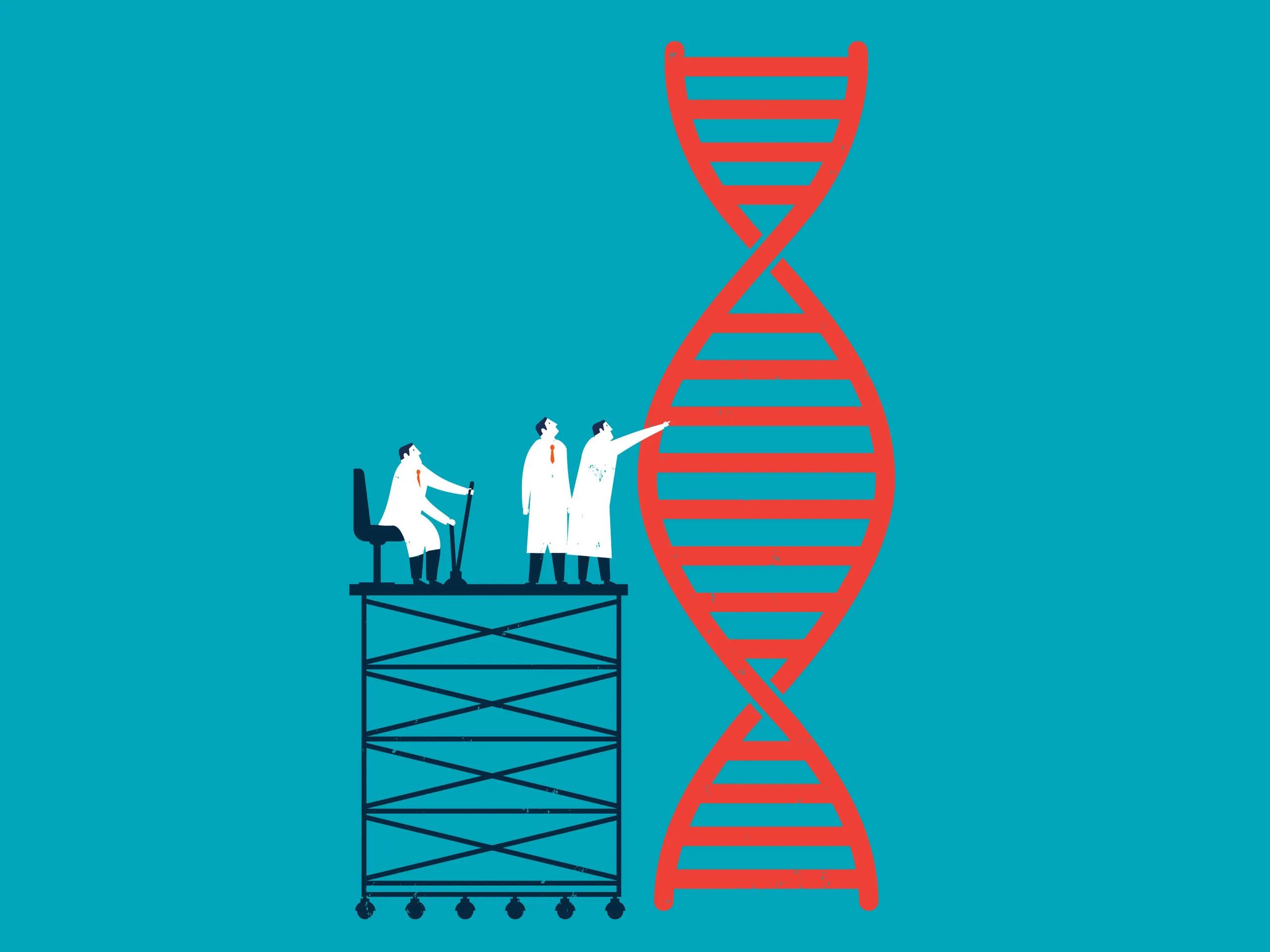Nursing Diagnosis for Anemia
Anemia is a condition where the body lacks enough healthy red blood cells to carry oxygen to tissues and organs. This can result in a variety of symptoms such as fatigue, weakness, dizziness, and shortness of breath. Nurses play a critical role in identifying, managing, and treating anemia, with a primary focus on creating an effective anemia nursing diagnosis to guide patient care and improve health outcomes.

















